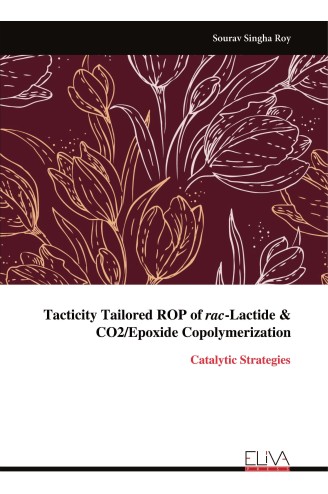
Tacticity Tailored ROP of rac-Lactide & CO2/Epoxide Copolymerization
$ 70
Description
The properties of polylactic acid (PLA) are influenced by molecular weight, distribution, and tacticity. Among the different tacticity forms, stereoblock isotactic and isotactic-enriched PLA exhibit superior mechanical properties, making them suitable for various applications. In contrast, heterotactic-enriched and atactic PLAs have limited use. Isotactic PLA is typically produced through the ring-opening polymerization (ROP) of lactide using enantiopure monomers, while isotactic-stereoblock PLA can be synthesized from rac-lactide using a chiral catalyst that selectively favors one enantiomer. However, both methods are economically challenging due to the high costs of enantiopure monomers and chiral catalysts. This study aims to develop an achiral ligand framework for a more cost-effective catalyst, enabling lower production costs. The stereocontrolled ROP of rac-lactide with an achiral catalyst operates via a chain-end control mechanism and relies heavily on catalyst design. Previous literature has linked PLA chain tacticity to the metal center employed and the ligand's steric and electronic characteristics. Our research focuses on establishing the relationship between the PLA chain's tacticity and the symmetry of the catalyst framework. Additionally, aliphatic polycarbonates (APCs) are biodegradable polymers formed through the ROCOP of CO2 with epoxides, leading to kinetically stable APCs. Key factors affecting the formation of APCs include catalyst type, cocatalyst nature, and other environmental parameters. Our research emphasizes synthesizing organometallic compounds based on aluminum, zinc, and magnesium, using iminophenolate-based achiral ligands. We aim to optimize the ROCOP of epoxides and CO2 to favor aliphatic polycarbonate production.



